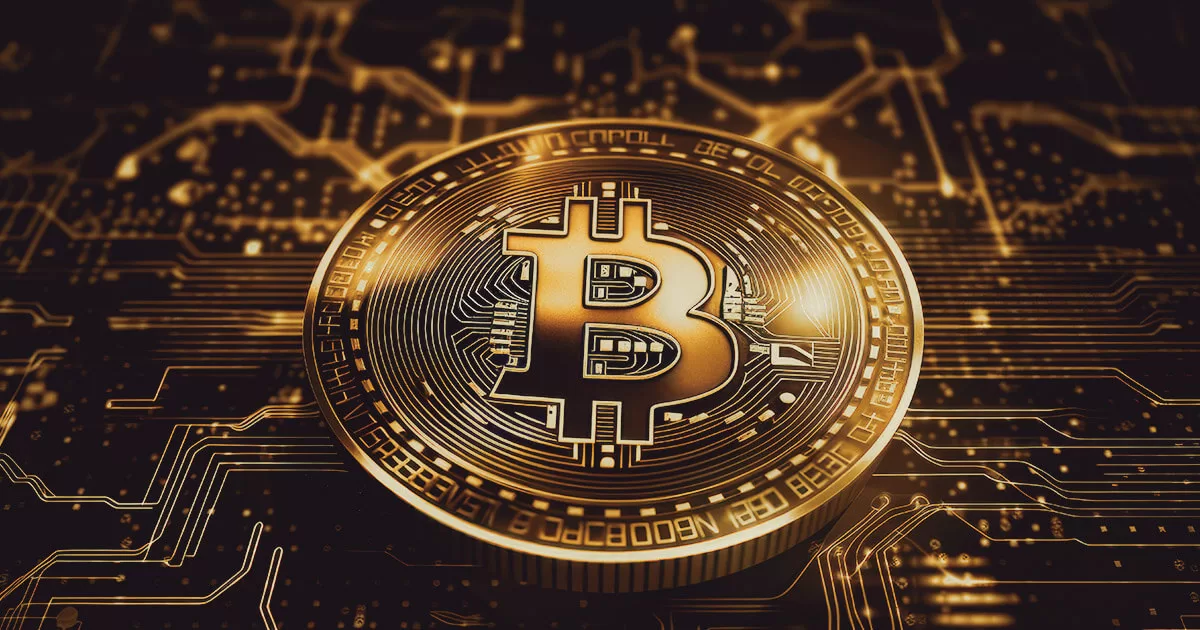Bitcoin, the groundbreaking digital currency, has taken the world by storm since its inception in 2009. With its decentralized nature and the potential for financial independence, it’s become a topic of great interest. However, understanding Bitcoin can be quite challenging for those unfamiliar with the intricacies of blockchain technology and cryptocurrency. In this simplified guide, we aim to demystify Bitcoin, making it accessible to laymen and helping you grasp the basics. Further to understand investing in simple terms, visit https://immediate-affinity.com/ now and start learning. Educational material that can change the way you invest!
What is Bitcoin?
Definition of Bitcoin
At its core, Bitcoin is a digital currency that operates without the need for a central authority, such as a government or bank. It’s often referred to as “digital gold” due to its limited supply and the fact that it can be used as a store of value.

The origins of Bitcoin
Bitcoin was introduced in 2008 by an anonymous entity using the pseudonym Satoshi Nakamoto. The whitepaper titled “Bitcoin: A Peer-to-Peer Electronic Cash System” outlined the concept and technology behind it. Since then, Bitcoin has evolved into a global phenomenon.
How Bitcoin works at a high level
Bitcoin transactions are recorded on a public ledger called the blockchain. This ledger is maintained by a network of nodes (computers) that validate and secure transactions through a process called mining.
Understanding the blockchain technology
Blockchain is a distributed ledger that records all Bitcoin transactions across a network of computers. It ensures transparency, security, and immutability of transactions. Each block in the chain contains a group of transactions, and new blocks are added in a chronological order, forming a chain.
Bitcoin Mining
Explanation of mining in the context of Bitcoin
Mining is the process by which new Bitcoins are created and transactions are confirmed on the blockchain. Miners use powerful computers to solve complex mathematical puzzles, and the first one to solve it gets to add a new block of transactions to the blockchain.
Role of miners in securing the network
Miners play a critical role in maintaining the integrity and security of the Bitcoin network. They are incentivized with newly created Bitcoins and transaction fees for their efforts.
Rewards and incentives for miners
As of now, miners receive 6.25 Bitcoins as a reward for successfully mining a block, in addition to the transaction fees. This process occurs roughly every ten minutes, ensuring a controlled and predictable supply of Bitcoin.
How to Buy and Store Bitcoin
Different ways to acquire Bitcoin
- Cryptocurrency exchanges: These platforms allow you to buy Bitcoin with fiat currency like US dollars or other cryptocurrencies.
- Peer-to-peer transactions: You can also buy Bitcoin directly from individuals through peer-to-peer platforms.
Wallets and their types
- Hot wallets: These are digital wallets connected to the internet and are convenient for everyday transactions.
- Cold wallets: Cold wallets are offline storage solutions, offering the highest level of security as they are not vulnerable to online threats.
Best practices for securing your Bitcoin
To protect your investment, it’s crucial to use strong passwords, enable two-factor authentication, and keep backup copies of your wallet keys in a secure place.
Transactions and the Bitcoin Network
How Bitcoin transactions work
Bitcoin transactions involve sending and receiving digital coins using cryptographic keys. Transactions are recorded on the blockchain and can be traced, ensuring transparency.
Confirmations and transaction fees
Bitcoin transactions require confirmations from multiple miners to be considered secure. Transaction fees are paid to miners as an incentive for processing transactions.
The speed and scalability of the Bitcoin network
Bitcoin’s transaction speed can vary, and scalability has been a challenge. Various solutions, such as the Lightning Network, are being developed to address these issues.
Risks and Challenges
Volatility in the Bitcoin market
Bitcoin’s price can be highly volatile, making it a risky investment. It’s essential to be prepared for price fluctuations.
Regulatory and legal issues
Regulations surrounding Bitcoin vary by country, and changes in government policies can impact its use and acceptance.
Security concerns and scams
The digital nature of Bitcoin makes it susceptible to hacking and scams. Staying vigilant and using secure practices is crucial.
Environmental concerns related to mining
Bitcoin mining consumes significant energy, leading to environmental concerns. Sustainable mining practices are being explored.
Future of Bitcoin
Potential use cases beyond digital gold
Bitcoin has the potential to revolutionize various industries, including finance, supply chain, and voting systems.
Bitcoin’s role in the broader financial system
As Bitcoin gains mainstream acceptance, it may become a key part of the global financial system.
Emerging technologies in the cryptocurrency space
Technologies like smart contracts and decentralized finance (DeFi) are pushing the boundaries of what can be achieved with blockchain technology.
Challenges and uncertainties in the future
Bitcoin faces challenges related to scalability, regulation, and adoption. The future landscape remains uncertain.
Conclusion
In conclusion, Bitcoin represents a fundamental shift in the world of finance. While it offers incredible opportunities, it also comes with its share of risks and challenges. By understanding the basics of Bitcoin, its technology, and potential future developments, you can make informed decisions and navigate the world of cryptocurrency with confidence. Remember to stay informed and practice responsible investment strategies as you explore the world of Bitcoin.


